Content from the Brookings Institution India Center is now archived. After seven years of an impactful partnership, as of September 11, 2020, Brookings India is now the Centre for Social and Economic Progress, an independent public policy institution based in India.
The Bharatiya Janata Party manifesto, released at the crescendo of the 16th Lok Sabha elections, bore the imprimatur of its prime ministerial candidate Narendra Modi and emphasized the centrality of India’s neighborhood in its foreign policy. It asserted that “political stability, progress and peace in the region are essential for south Asia’s growth and development” and promised that the government would “pursue friendly relations” in the neighborhood and “work towards strengthening Regional forums [original emphasis] like SAARC…” A year later the pledge remains a work in progress though bilateralism has clearly trumped regionalism.
At the start of the government’s tenure it pursued both the bilateral and regional tracks with equal vigor. The former was evident in the high level visits to Nepal, Bangladesh and Bhutan within the first 100 days of the government assuming office and signaled a strong push toward reviving bilateral ties with neighboring countries. The latter approach was apparent in the unprecedented invitation to leaders of all South Asian Association for Regional Cooperation (SAARC) nations to Prime Minister Modi’s swearing-in. The fact that the leaders, including Pakistan’s Prime Minister Nawaz Sharif, accepted the invitation indicates that his SAARC counterparts share Modi’s vision. This largely symbolic curtain raiser set the stage for great expectations of even bolder regional initiatives by the government. Out-of-the-box proposals for a SAARC satellite and a SAARC Centre for Good Governance indicted the government’s intention to play a proactive role in enhancing regionalism (while also countering Chinese inroads in the space arena and advancing New Delhi’s democracy promotion project).
At the 18th SAARC Summit in Kathmandu in November 2014, Modi pitched for “reinvigorating” and “revitalising” SAARC. He promised to help his neighbors on issues of trade, transit, visas, investments, education, health, communication and space technologies. Despite Modi’s encouraging gestures the final outcome dashed any hope of reviving regionalism. Of the three connectivity agreements on road, rail and energy on the agenda, only one agreement – on establishing a regional energy grid – was ultimately concluded in a last-minute deal. Other agreements were blocked by Pakistan, stalling the connectivity process, and underlined that mutual distrust between members would continue to stymie regionalism. Had Pakistan’s leadership not clinched the energy deal, the SAARC summit was doomed for complete failure. There were also no major breakthroughs on other important issues, such as fighting terrorism, flow of investments and financial agreements to deepen regional integration; the summit’s ambitious theme of “Deeper Integration for Peace and Security” remained unrealized.
Partly due to the near failure of the SAARC summit and partly on account of the inability to address deep mistrust with some SAARC members Modi appears to have veered toward establishing stronger bilateral relations with other SAARC countries. The need for robust bilateral relations in South Asia is underlined by not only the economic opportunities that these relationships have to offer but also the rising spectre of Chinese influence in the region. Compared to the failed regional experiment at SAARC, Modi has been relatively more successful in pursuing bilateral relationship.
In March 2015, he became the first Indian prime minister to visit Sri Lanka in 28 years and also the first to visit post-war Jaffna, the Tamil stronghold, during his visit. While in Sri Lanka, Modi emphasized a “united” Sri Lanka and inaugurated the reconstructed Northern Province Railway Line, one of the few major Indian infrastructure projects in the country. The election of Maitripala Sirisena as the new President of Sri Lanka and his more positive stance toward India also raised the prospects of improved relations between New Delhi and Colombo.
Similarly, Modi also clinched the boundary agreement with Bangladesh; a dispute that dates back to India’s independence. The Indian parliament’s recent approval of the legislation to finalize the land boundary with Bangladesh follows from the agreement by New Delhi and Dhaka to abide by the decision of an international tribunal on the maritime boundary between the two countries. Modi is also likely to finalize the Teesta water sharing agreement during his upcoming visit to Dhaka in June. While the previous government initiated these efforts, Modi deserves credit for securing support from all parties involved – including the state of West Bengal – and closing the deal.
Modi’s bilateral disaster diplomacy was evident in his quick response to the deadly earthquake that rocked Nepal and killed over 8,000 people in April. As a part of its relief efforts, India sent disaster-response teams, medical aid and food supplies to Nepal within hours of the earthquake and promised to do everything within its capability to help Nepal recover and rebuild. The government’s action have gone a long way in not only shoring up India’s image as a responsible and reliable regional power but might also have countered China’s formidable disaster diplomacy in its backyard.
Despite moderate diplomatic successes with the abovementioned states in the region, the government has had little success with either Pakistan and, surprisingly, even Afghanistan. During Afghan President Ashraf Ghani’s first visit to India in April, no bilateral agreements were signed and there was no forward movement on the India-Afghanistan Strategic Partnership Agreement. However, Modi reiterated the Indian government’s commitment and support to Afghanistan’s peace and stability, signaling no major change in the government’s policy towards Afghanistan.
On the other hand, Pakistan remains a glaring challenge of Modi’s “neighbourhood first” policy. While there was cause for celebration when Modi invited Sharif for his inauguration, relations soon deteriorated with India cancelling foreign secretaries’ talks in July and the exchange of fire across the Line of Control. Foreign Secretary S. Jaishankar’s consequent visit to Pakistan in March did pave the way for resumption of dialogue between Islamabad and New Delhi, but no major breakthroughs were announced. Unless the Modi government can achieve a diplomatic breakthrough with Pakistan either bilaterally or regionally (and there is no indication of that possibility so far) the “neighborhood first” policy will remain incomplete.
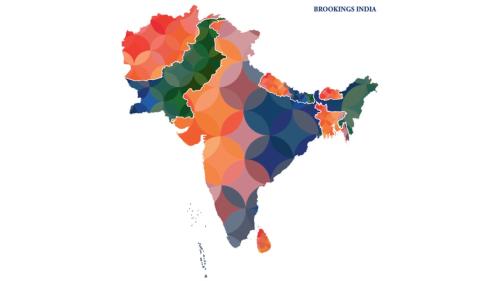
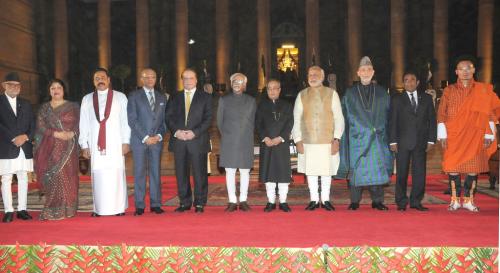
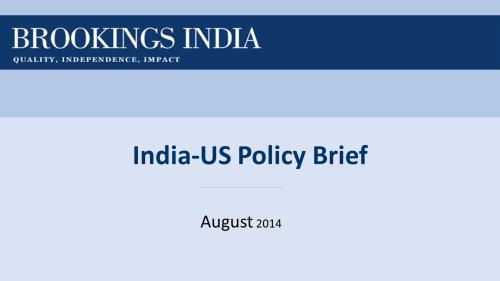
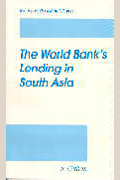
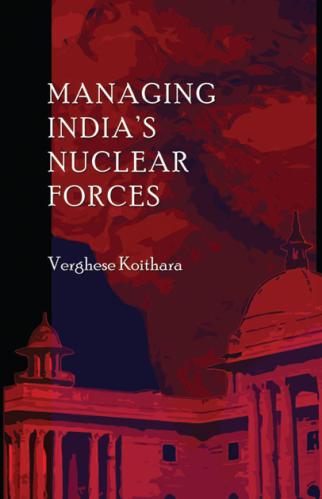



Commentary
Op-edNeighbourhood first: Bilateralism trumps regionalism
IndiaGov@365
May 26, 2015